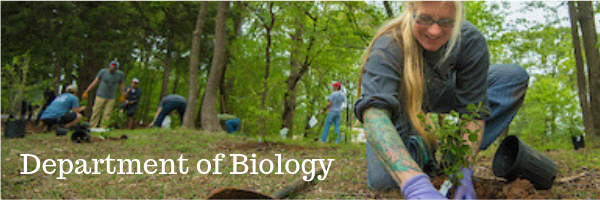
Faculty and Student Publications
Document Type
Article
Publication Date
11-1-2020
Abstract
© 2020 The Authors. Ecology and Evolution published by John Wiley & Sons Ltd Structure of natural communities is shaped by both abiotic characteristics and the ongoing processes of community assembly. Important to this process are the habitat selection behaviors and subsequent survival of colonists, both in the context of temporal changes in the abiotic characteristics and priority effects driven by earlier colonists. Aquatic beetles are prevalent in temporary freshwater systems, form speciose assemblages, and are often early colonists of temporary ponds. While beetles have the potential to influence community structure through post-colonization interactions (predation and competition), our goal was to determine whether the presence of beetle assemblages (versus patches without beetles) influences the colonization and oviposition of a diverse group of animals in a naturally colonized experimental landscape. We established mesocosms that either contained existing beetle assemblages or contained no beetles and assessed abundances of subsequent colonists. Treefrogs, Hyla chrysoscelis, and mosquitoes, Culex restuans, both deposited fewer eggs in patches containing beetle assemblages, while two beetles, Copelatus glyphicus and Paracymus, colonized those patches at lower rates. One beetle, Helophorus linearis, colonized patches containing beetle assemblages at higher rates, while two beetles, Berosus infuscatus and Tropisternus lateralis, exhibited no colonization differences between treatments. Overall, there were no differences in the assemblage structure or richness of beetles that colonized patches. Our results illustrate the importance of species-specific habitat selection behavior in determining the species composition of habitat patches, while emphasizing the role of priority effects in influencing patterns of community assembly. Habitat selection in response to abiotic and biotic characteristics of habitat patches can potentially create greater spatiotemporal niche separation among the numerous, often closely related species (phylogenetically and trophically), that can be simultaneously found in similar patches across landscapes.
Relational Format
journal article
Recommended Citation
Pintar, MR, Resetarits, WJ. Aquatic beetles influence colonization of disparate taxa in small lentic systems. Ecol. Evol. 2020; 10: 12170– 12182. https://doi.org/10.1002/ece3.6845
DOI
10.1002/ece3.6845
Accessibility Status
Searchable text

